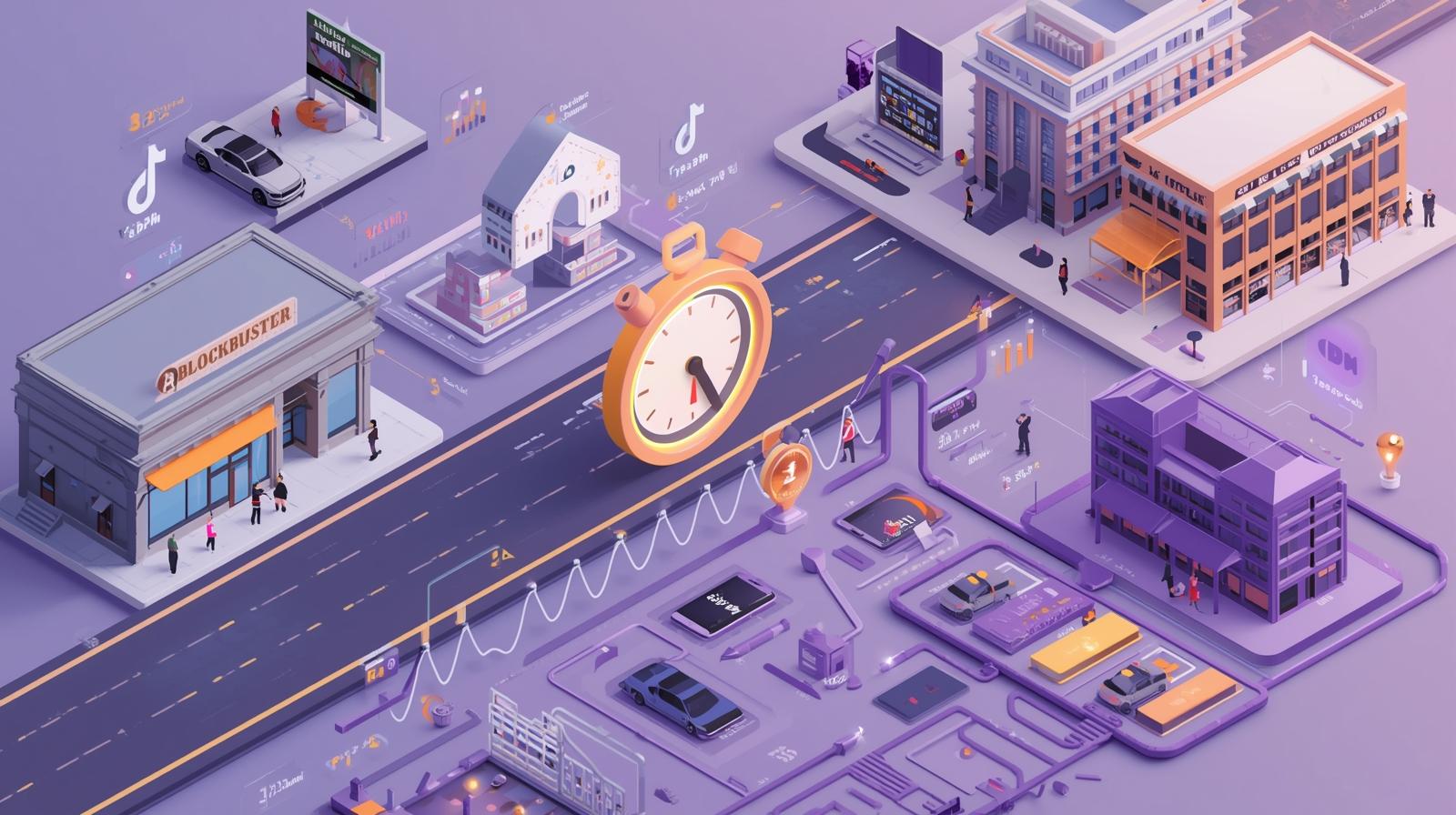A World Where No One Is Left Behind
Imagine a world where a visually impaired accountant can work with spreadsheets just as efficiently as their sighted colleague. Or where a hearing-impaired project manager can effortlessly lead international online meetings. This isn’t science fiction—this is the reality made possible today by artificial intelligence.
AI is no longer just a tool for boosting efficiency it is fast becoming a driver of inclusion. More and more developments are focused on making technology accessible and usable for everyone, regardless of physical ability or native language.
Why Inclusive Technology Matters
Over 1 billion people globally live with some form of disability, and thousands of languages are spoken worldwide. When technology is only accessible to a narrow user base, we lose an immense amount of potential. Inclusive technology isn’t just a moral responsibility it’s a business advantage. Diverse teams are more innovative and deliver better results.
AI Supporting People with Disabilities
For Visual Impairments
- Seeing AI: This revolutionary app uses a phone camera to describe what’s around the user faces, text, objects, even currency. A digital "eye" in your pocket.
- AI-generated image descriptions: Microsoft Office apps generate alt-text automatically, enabling screen readers to interpret visual content.
For Hearing Impairments
- Live captions in Microsoft Teams: Real-time subtitles benefit not only the hearing-impaired but also people working in noisy environments or in multilingual teams.
- Speech recognition & synthesis: AI understands accents and various speaking styles, helping everyone stay part of the conversation.
For Mobility Impairments
- Eye Control in Windows 11: A fully functional digital experience powered by eye movement users can type, browse, and launch apps hands-free.
- Voice commands: Tools like “Hey Cortana” allow users to edit documents and send emails using only their voice.
These tools are becoming part of the standard digital experience not special features, but built-in inclusivity.
AI and Linguistic Diversity: Connecting the World
As more global companies expand into local markets and vice versa, language barriers can limit growth. AI plays a key role in overcoming this.
Advanced Translation Capabilities
- Microsoft Translator: Supports over 100 languages and can translate speech, text, handwriting, and images in real time.
Culturally Sensitive Communication
- Accent and dialect recognition: AI recognizes local variations in speech, supporting more natural communication.
- Context-aware translation: AI doesn’t just translate words it understands cultural context. A formal business email sounds very different in German than in English, and AI knows that.
Support for Minority Languages
AI now supports a growing number of African, Asian, and European regional languages, preserving cultural diversity and ensuring access for all.
Gloster Cloud: Tailored Inclusive Solutions
Many companies understand the importance of inclusive technology but don’t know where to start. That’s where Gloster Cloud comes in.
Why Choose Gloster Cloud?
- Personalized strategy: Every company is different. Gloster Cloud experts analyze your unique needs and propose practical, impactful solutions.
- Real-world implementation: The goal is not theory, but working AI tools that empower users daily.
Gloster Cloud’s Approach Includes:
- Equal access for all employees
- Integration of Microsoft’s inclusive tools
- Fully customizable features (e.g. subtitles, screen reader optimization, specific language support)
- Support for DEI (Diversity, Equity & Inclusion) goals
Real-Life Applications of Inclusive AI
- Customer service: Multilingual AI chatbots that recognize when a user needs special support (e.g. large font, simplified text).
- Internal communication: Teams meetings with subtitles, live translation, and note-taking for full inclusivity.
- Recruitment & HR: Bias-reducing tools that promote inclusive hiring and workplace culture.
- Learning & Development: Adaptive e-learning platforms suited for different learning styles and abilities.
The Future Is Now - If It’s for Everyone
Inclusive AI isn’t the future, it’s already here. The only question is: is your company ready to work for everyone?
According to Gloster Cloud, the most successful companies are already investing in inclusive technology. It not only makes for better workplaces, but also opens up new markets.
Next step?
Contact Gloster Cloud experts to find out how your technology can become truly inclusive. Real innovation starts when no one is left behind.





